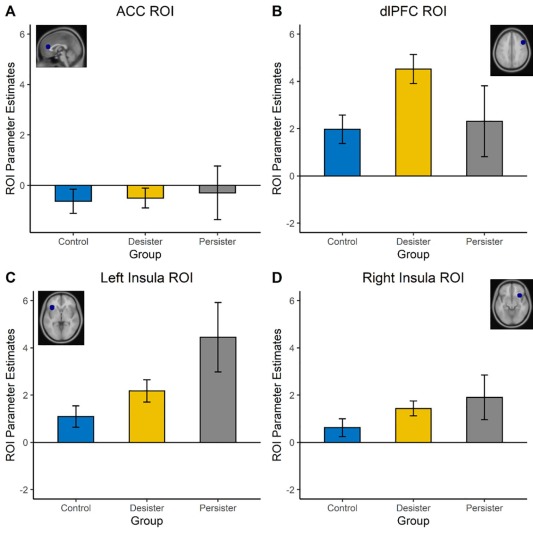Resisting aggression in social contexts: The influence of life-course persistent antisocial behavior on behavioral and neural responses to social feedback
Description
Resisting aggression in social contexts: The influence of life-course persistent antisocial behavior on behavioral and neural responses to social feedback
Early adulthood has long been recognized as a potential turning point for the development of antisocial behavior, due to changes in social contexts and ongoing psychological and neurobiological maturation. However, it remains unclear how different developmental trajectories of antisocial behavior, their neural underpinnings, and individual differences in psychopathic traits may help explain the distinct developmental outcomes of individuals who persist in or desist from antisocial behavior in early adulthood - such as how they respond to others in social contexts. Therefore, in the current study, young adults (aged 18–30, 68% male) with a persistent or desistant antisocial trajectory (N = 54), as well as healthy controls (N = 39), completed the Social Network Aggression Task, during which they received positive, neutral, or negative feedback on a personal profile and got the opportunity to retaliate by blasting a loud noise. On a behavioral level, results indicated that in all groups, negative peer feedback evoked higher retaliatory aggression, compared to positive and neutral feedback. On a neural level, when receiving social feedback, individuals with persistent or desistent trajectories showed both similar and dissociable patterns of neural activity; desisting and persisting trajectory groups showed higher activity in the Insula, and the desisting trajectory group showed higher activity in dlPFC. Finally, when participants retaliated, they showed increased dlPFC and ACC activity following positive relative to neutral and negative feedback, where ACC activity correlated most strongly with inhibition of retaliatory responses in the desisting trajectory group. Together, these findings provide novel insights in dissociable patterns of brain activity that may increase our understanding of the mechanisms underlying different developmental trajectories of antisocial behavior.




